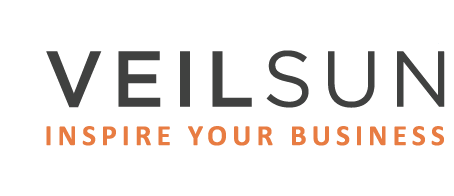We’re rolling ahead with part 4 of our talk, “Building a Better Death Star,” given at EMPOWER 2018. As a follow up to part 3, this entry focuses on managing risk in the field. Considering they had to evade Force Chokes from their team lead, the guys building the Death Star were clearly well versed in how to manage risk. Let’s see how that plays out for the rest of us with Quick Base.
The whole point of managing risk in the field with Quick Base is that it lets you push stuff out to where you're capturing risks at a job site. So, instead of waiting for a form or phone call, you can enter into the system and start a workflow. Immediately. This element of “instant” is an immediate upgrade to the “wait and see” approach inherent in pre-Quick Base systems.
Here are scenarios outlining two different paths we’ve observed:
- Nothing bad has happened—yet.
This may be more a matter of “when” not “if.” For those of you in construction, you’ve no doubt had a safety inspector going around with a safety app assessing risks. If that’s the case, you really want to be ready for a worse-case scenario. You need to get the entry of any relevant data as close to the field as possible.
If you can capture that data quickly via app or picture and annotate and/or categorize it, then managing risk in the field gets much closer and quicker. Quick Base then lets you create workflows around it. For example, if it's high risk, you can create rules to the appropriate people. Overall, this cuts the time between observation and reaction and lets you schedule to make regular observations, especially if the primary use case is internal.
Quick Base can also be used to help you schedule the inspections themselves, including the ability to ensure they fit certain rules, monitor who does them, as well as track different types of specialization within the inspections. Quick Base can create workflows around all this, creating a big boon for liability. Here’s a perfect example: The Empire State Building was built in less than 6 months. Think about that. Since then, construction has shifted from timeline and costs to safety. Knowing this is usually most companies’ priority, Quick Base lets you factor in all the risks in real time to capture work flows and tie back to risks. It can also help manage credentials and certifications. It can even document safety meetings. All done right in the field to trigger similar workflows and offer proof that it was done.
- Something has happened or gone wrong.
It’s important we look at the other side of the coin as well. What happens when there are incident reports from the field that create liability? First and foremost, you want to be proactive in terms of taking care of an employee. It starts with creating reports from observations, which, in turn, lead to a corrective action plan. In short, if something happened, how will we correct it in the future? Quick Base can help manage the plan and ensure it's executed.
Quick Base manages everything from start of plan to implementation. Then, if you have all your data, Quick Base becomes a real-time reporting tool that can start to create a positive safety culture.
As an example, say you’ve had XX days since an incident. Quick Base can digitize that whole process and let you proactively manage specific people as well. In essence, it allows you to push this down as close to the field as possible and then react quickly. Our Drop Zone is a Quick Base tool that allows you to upload pics more easily, essentially empowering you to react as quickly as possible.
As always, if you have any questions, please contact us. We’d love to chat about how Quick Base can help you.









